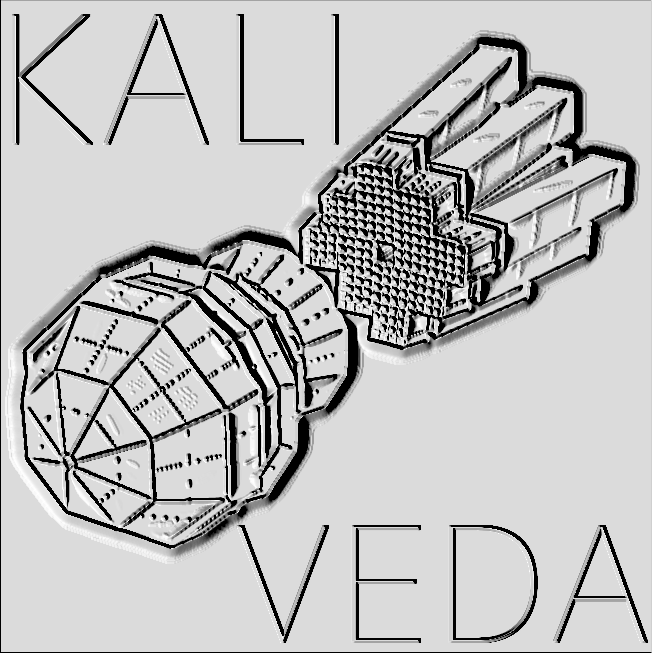4 #include "KVGeoDetectorNode.h"
5 #include "KVGeoDNTrajectory.h"
6 #include "KVDetector.h"
21 TIter next(GetTrajectories());
90 std::cout <<
"Detector Node " <<
GetName() << std::endl;
92 std::cout <<
"In front:" << std::endl;
96 std::cout <<
"Behind:" << std::endl;
100 std::cout <<
"Trajectories:" << std::endl;
239 TList newTrajectories;
255 newTrajectories.
Add(newTraj);
262 list->
AddAll(&newTrajectories);
winID h TVirtualViewer3D TVirtualGLPainter p
Base class for detector geometry description, interface to energy-loss calculations.
KVGeoDetectorNode * GetNode()
Path taken by particles through multidetector geometry.
Bool_t EndsAt(const Char_t *node_name) const
Bool_t BeginsAt(const Char_t *node_name) const
Information on relative positions of detectors & particle trajectories.
Bool_t IsInFrontOf(KVDetector *)
return true if this node is directly in front of the detector
void BuildTrajectoriesForwards(TSeqCollection *)
void AddTrajectory(KVGeoDNTrajectory *)
void AddInFront(KVDetector *)
KVGeoDNTrajectory * FindTrajectory(const char *title) const
const KVSeqCollection * GetTrajectories() const
KVDetector * fDetector
associated detector
KVDetector * GetDetector() const
const Char_t * GetName() const override
Name of node is same as name of associated detector.
Int_t GetNDetsBehind() const
void ls(Option_t *option="") const override
KVUniqueNameList fInFront
list of detectors in front
KVUniqueNameList fTraj
list of trajectories passing through this node
Int_t GetNDetsInFront() const
KVUniqueNameList fTrajB
list of trajectories passing through this node going backwards
void SetDetector(KVDetector *)
void AddBehind(KVDetector *)
Bool_t IsBehind(KVDetector *)
return true if this node is directly behind the detector
void CalculateBackwardsTrajectories()
Fill list with all trajectories going backwards from this node.
KVUniqueNameList fBehind
list of detectors behind
void Rehash(Int_t newCapacity=0)
TObject * FindObject(const char *name) const override
virtual TObject * FindObjectByNumber(UInt_t num) const
virtual TObject * FindObjectByTitle(const Char_t *) const
Will return object with given title (value of TObject::GetTitle() method).
void Add(TObject *obj) override
virtual void Print(Option_t *option, const char *wildcard, Int_t recurse=1) const
virtual void AddAll(const TCollection *col)
virtual Int_t GetEntries() const
void Add(TObject *obj) override
const char * GetName() const override
void Add(TObject *obj) override

